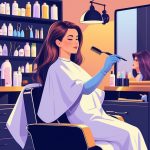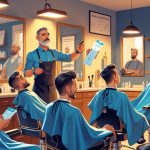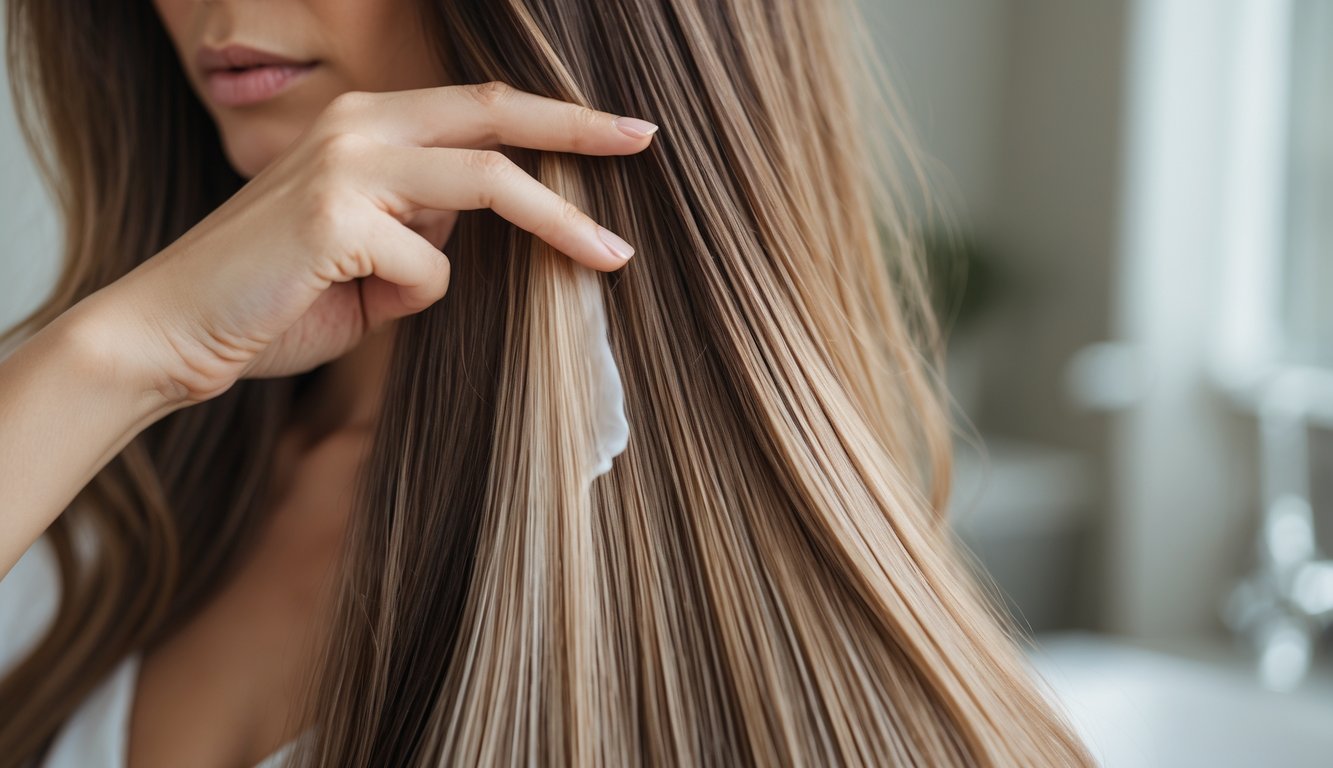
UV Protection for Color-Treated Hair
Every stylist tells me to use SPF spray, but none of them explain why you have to “reapply after swimming.” Do they even know? UV rays burn through the cuticle even after a dip, so the product just vanishes. Honestly, floppy hats and scarves (if you can keep them on) probably work better than most “UV shield” shampoos, which never mention how much UVA/UVB they block.
What I’ve figured out after too many failed products: expensive masks don’t undo UV damage. Physical barriers matter most. Trichologists say you need broad spectrum—look for leave-ins with zinc oxide or titanium dioxide, not just some vague “sunflower extract.” I’m stubborn, but a real UV filter leave-in actually saved my pink ombre last summer.
If the label says “antioxidants,” check for actual studies—most brands just sprinkle it in for show. There’s a whole debate: do mineral UV blockers make your hair greasy? Is it worth it? Dermatologist says SPF 30 is enough, but who remembers to reapply, honestly?
Heat Styling: What You Need to Know
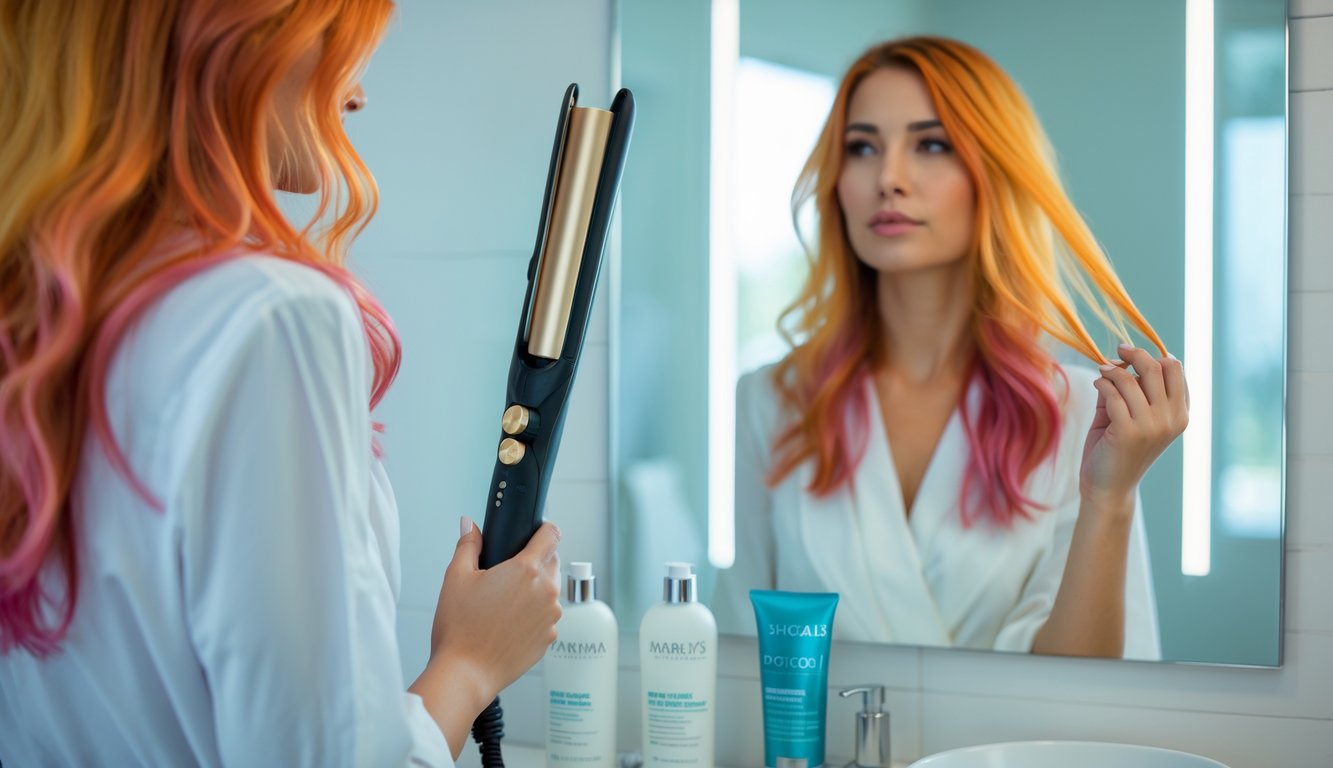
I notice everything—flat irons, blow dryers, curling wands. They’re all color thieves if you’re not careful. People talk about “thermal spray” like it’s a magic shield, but nobody mentions how a curling wand on max heat just fries your color. Last year’s balayage? Gone in weeks.
How Hot Tools Contribute to Fading
Nobody warns you enough about this. I watch people clamp flat irons like it’s nothing, but hair dye doesn’t stand a chance when you blast the cuticle open at 450°F. I checked—heat styling over 350°F basically bullies the pigment out, according to the pros at Hair.com.
Clients complain their color “just slips away.” Well, yeah. Clamp a straightener, you’re not just smoothing hair—you’re blasting dye molecules into oblivion. Mylivara points out: heat strips oils and moisture, so you get brittle, faded hair. I used to think quick blow-drys were harmless. Nope.
Importance of Heat Protection Products
Here’s what’s real: not all heat protectants are equal. Skipping them is like sunbathing with no sunscreen. Some “protectant sprays” barely change the temp, but the good ones—look for silicone derivatives or polyquaterniums—actually shield the cuticle. Watch out, though—a client used her favorite thermal guard religiously, but it was loaded with alcohol. More fading, just with a side of false hope.
A few stylists double up: leave-in conditioner, then real heat protectant serum. It’s not overkill. The whole “air dry vs. heat style” debate misses the point—without real protectant and some moderation, your color doesn’t stand a chance. Skip the drugstore stuff; sometimes you just have to pay for the good stuff.
Choosing the Right Shampoo and Haircare Routine
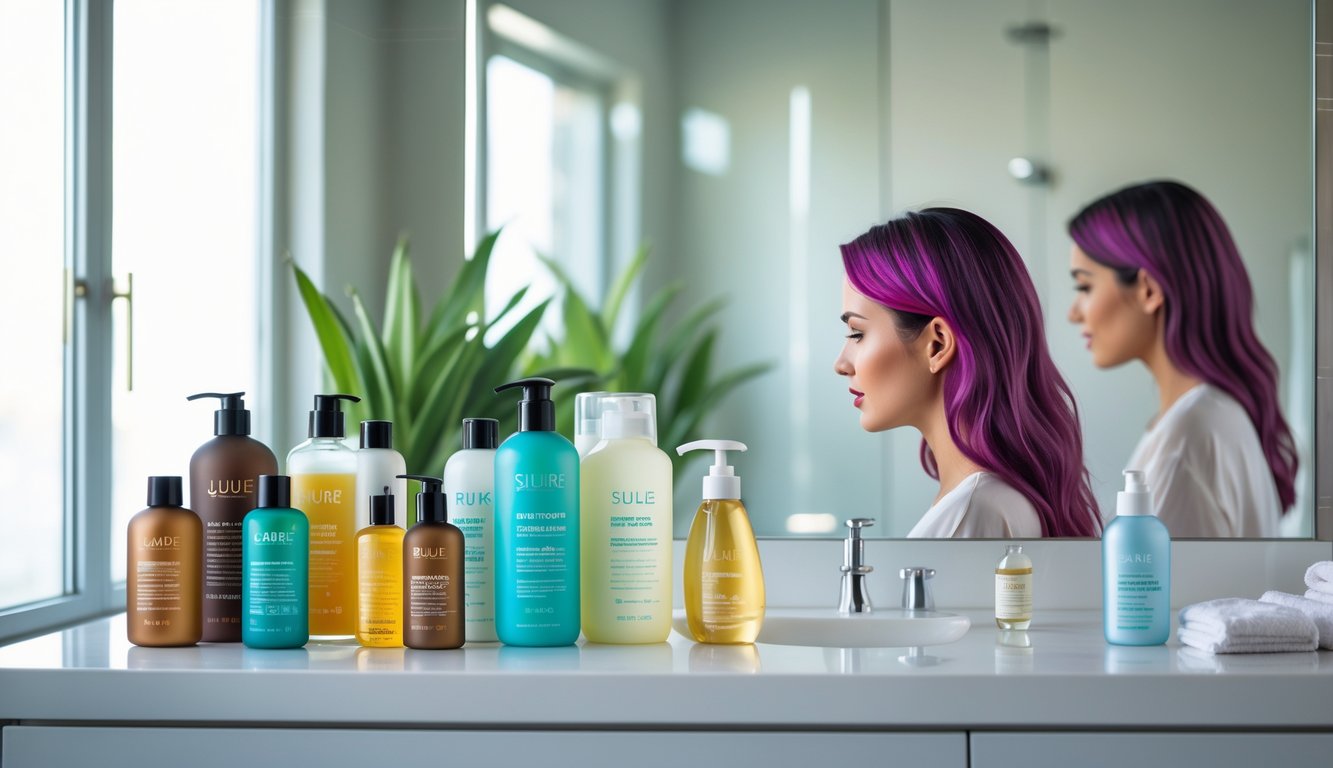
Why does new hair color vanish faster than a missing sock? It’s infuriating. Maybe it’s the shampoo, maybe it’s the endless parade of advice from stylists, influencers, and that random lady at the drugstore. Let’s just dive in and get messy.
Benefits of Color-Safe Shampoos
One day, I randomly grab a “colour-protecting shampoo”—ingredients I can’t pronounce, bold promises I don’t buy. Turns out, the pros (like Rachael Savino, who’s everywhere in salon Q&As) are right: most drugstore shampoos are little color thieves, stripping pigment because of harsh detergents like SLS and SLES. I stared at my faded copper and realized color-safe isn’t just hype.
Color-safe shampoos skip the aggressive sulfates and use gentler surfactants, pH-balancing acids (citric acid, sometimes ferulic acid), and antioxidants that actually do something. Brands love to brag about “locking in day 1 color for 100 days,” and honestly, some of them deliver—see the hair care science updates. Does every bottle work? No. But skip color-safe and you’re just pouring expensive dye down the drain.
What to Avoid in Haircare Products
Honestly, if you’ve ever stood in a shampoo aisle at 8am, you know the drill: every bottle promises “moisture” or “shine,” but you’ll never see a warning like “hey, this will destroy your $200 balayage.” What gives? Those sneaky detergents—sodium lauryl sulfate (SLS), ammonium lauryl sulfate—always sound like science class, but they’re just color-faders in disguise. I fell for it. Parabens and random alcohols don’t always wreck your shade, but sometimes they do, and nobody ever agrees on which ones are safe. Why is everything so complicated?
I’ve wasted way too much time squinting at ingredient lists, half the words unpronounceable, and still ended up grabbing the wrong thing. “Clarifying” or “deep-cleaning” on the label? Might as well say “bye-bye color.” And don’t trust the coconut-scented stuff. Even the expensive brands sneak in the bad actors. I keep reading articles and stylist rants—like Color With Leo—but it’s never in big letters, so half the time I forget by the time I’m in the shower.
The Role of Dry Shampoo
Dry shampoo: miracle or scam? Depends on the day, honestly. I used to think it was a lazy hack, but then I tried washing my hair less and, wow, my color actually lasted longer. Water + shampoo = dye in the drain, every single time. I’ve tried them all—old-school talc, new “rice starch” green stuff, some that smell like cake, some that smell like airplane bathroom. Most are meh, but a couple actually buy me two or three days, unless I go to the gym (which, let’s be real, is rare).
I guess if you use dry shampoo 2-3 times a week, you can stretch out your color way longer, or at least that’s what this column claims. I don’t believe all the hype. Heavy aerosols? Hard pass. I stick with the lighter, color-safe ones, but sometimes my scalp feels like it’s wearing a wool hat in July. Still, if you want your color to last, it’s basically “wash less, spray more,” even if my mom still thinks it’s gross.


